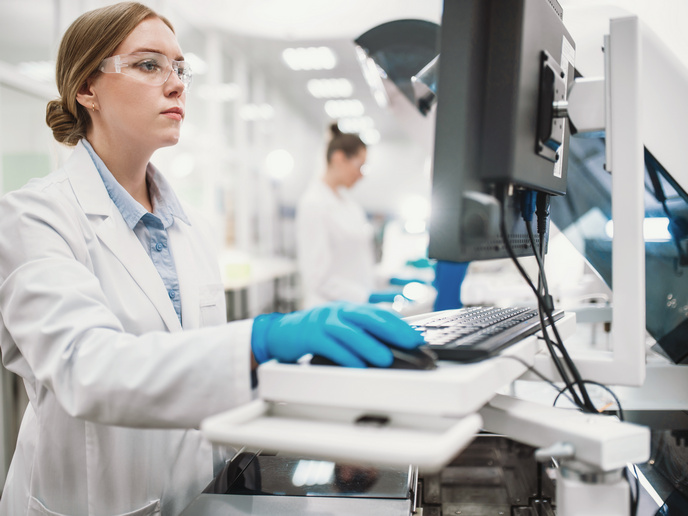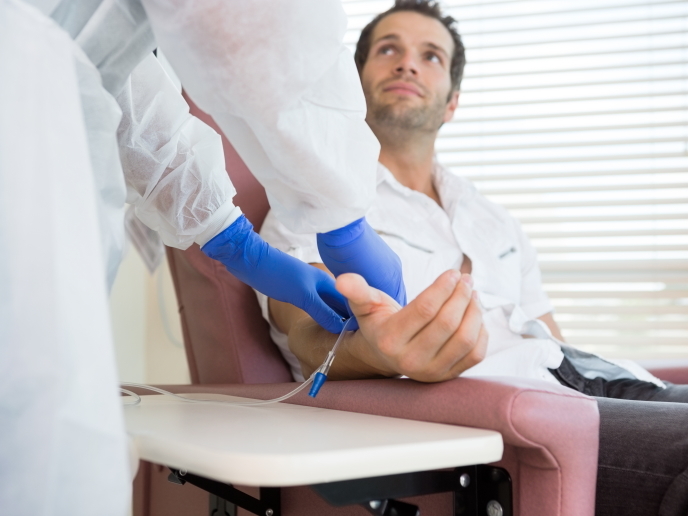Personalised care for cystic fibrosis patients
Cystic fibrosis is a hereditary disease that can cause severe respiratory and digestive problems. While some highly effective therapies have been developed to address common genetic mutations of the condition, solutions for patients with rarer genetic variants have been lacking. The EU-funded HIT-CF(opens in new window) project was launched to pioneer new solutions for the 10 % of the cystic fibrosis community that has a rare genetic variant of the disease.
Addressing rare genetic variants
To achieve this, new screening techniques involving organoids were developed. Organoids are miniature, three-dimensional models of organs grown in a lab from stem cells, and are typically used to study diseases, test new drugs and advance personalised medicine. “Our approach was to take patient biopsies, culture these in labs, and then test different types of compounds and medications to see what is effective,” explains HIT-CF project coordinator Kors van der Ent from UMC Utrecht(opens in new window) in the Netherlands. “These organoids are a sort of ‘lookalike’ for every single individual patient.” Organoids from over 500 patients with ultra-rare variants were collected from all over Europe. The team then collaborated with several pharmaceutical companies to develop and test promising compounds in the lab. The idea was that if the organoid was responsive, then there was a good chance that the corresponding patient would also be responsive. Another important element of the project, believes van der Ent, was the involvement of patient groups from the beginning. CF Europe(opens in new window), an umbrella organisation representing patients, was an important member of the consortium and provided input at all stages of the project.
Successful biomarkers and therapies
A major project milestone came with the spin-off of a pharmaceutical company called Fair Therapeutics(opens in new window) which focused on a particular promising compound. Patients who were high responders to this compound in the lab were compared against a randomly selected group of patients in clinical trials. “The aim of this was, first, to see if our biomarkers could be successful in selecting responsive patients,” adds van der Ent. “And secondly, we wanted to see if these new compounds would be effective in patients.” These trials successfully demonstrated a clear relationship between lab results and clinical results. Patients whose organoids responded well to the compound were also responsive in the clinic. “This confirms that we have a good biomarker to preselect patients with ultra-rare genetic variants for treatment,” says van der Ent. The clinical trials were also successful in showing that the new drugs could be effective. “We now have a new compound that is effective in this patient category,” adds van der Ent. “Advanced AI and 3D reconstruction then create realistic digital twins of physical environments, blending emotional, physiological and behavioural data. The VR interface lets users ‘relive’ recorded experiences using haptic feedback to simulate physical sensations and allowing them to slow down or speed up time to explore moments at their own pace.”
Pursuing fair medicine principles
The consortium will now continue its discussions with regulatory bodies such as the European Medicines Agency(opens in new window). One aim is to achieve approval to screen for patients with ultra-rare variants of the disease early, and be able to prescribe medication based on lab results. Another exciting avenue being pursued is the development of Fair Therapeutics. “This company abides by fair medicine principles,” explains van der Ent. “The ultimate goal isn’t to earn money but rather to treat as many patients as possible.” Many drugs currently on the market are expensive and not affordable for certain parts of the world. “There is a large global population that cannot afford current medication,” notes van der Ent. “We aim to move forward with cheaper, effective treatments.”







